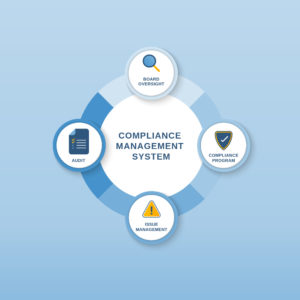Compliance Management Best Practices: Putting the Risk Assessment to Work for You
$350.00 (USD)
Learning Objectives
- Describe how to create or enhance a compliance risk assessment based upon your commercial cannabis business’s complexity and maturity level
- Determine your high-risk compliance areas by using the main risk drivers for the compliance risk area
- Analyze the risk assessment to determine residual compliance risk based on the Cannabis Risk Management Framework
Cannabis Risk Officers, save time and money by utilizing your risk assessment to identify the most critical risks that need to be addressed.
Every commercial cannabis business is unique. The amount of resources applied to compliance management should vary based on your compliance risk. A compliance risk assessment will assist you in demonstrating to your stakeholders the appropriate compliance resourcing by showing your business’s understanding of the most critical regulatory risks. Understanding the likely impacts, frequency of occurrence, and current quality of controls provides a roadmap to best allocate resources to manage the highest residual risk issues first. This allows you to manage your compliance costs based on your business’s unique complexity and maturity. In this webinar, learn how to create a robust risk assessment based on the risk drivers of compliance to focus on higher-risk issues.
Maintaining compliance in the commercial cannabis industry can be daunting, considering how highly regulated the industry is and how quickly rules change. Having a formal methodology to identify high risk issues by compliance risk driver will help you quickly identify your compliance needs; however, identifying high-risk issues is not enough. You must correct compliance issues outside of your risk appetite. To demonstrate effective compliance management, learn how to communicate across the business with issue management and follow up on the implementation with appropriate assurance to determine if the new controls meet your cannabis risk management framework expectations. These actions create proof of proactive compliance, which is considered favorably by stakeholders even if noncompliance is found.
Continuing Education: 2 hours
moderator







